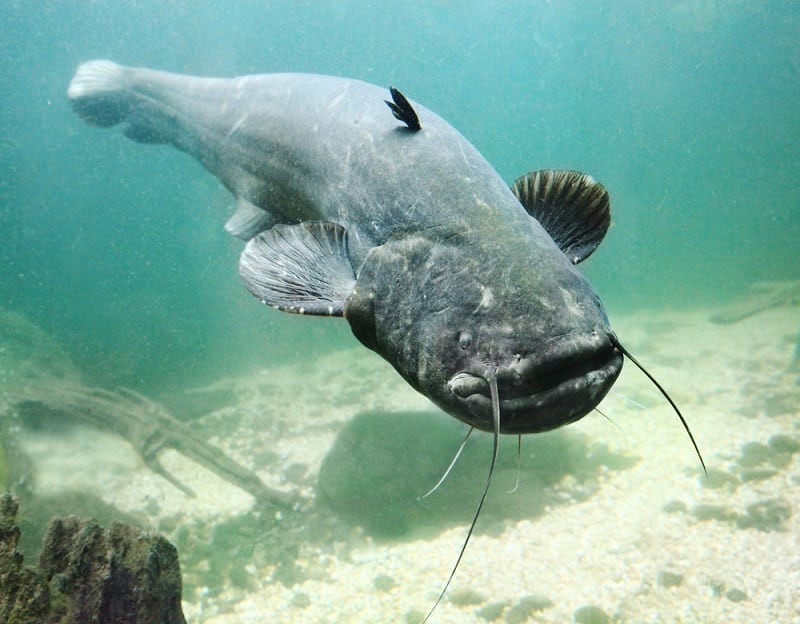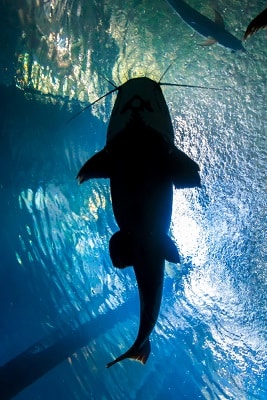
Here’s Everything You Need to Know About the Wels Catfish
In the deep waters of Eastern Europe and Western Asia lives the largest-bodied European freshwater fish, the Wels catfish also known as sheatfish.
With the scientific name Silurus glanis, this species of invasive fish is native to the waters of the Baltic, Caspian, North, Black Aral and the Aegean Sea drainages. It is also widely distributed around Eurasia extending as far as Southern Sweden to the north and Greece to the south.
Getting to Know the Wels Catfish
Known as one of the largest freshwater fish species in the world, the Wels catfish can grow up to 3 meters and weigh up to 150 kilograms. Here are some of the most prominent characteristics of this type of catfish:
- It has a triangular-shaped head and a long, scale-less body with a laterally flattened tail. The Wels catfish’s head takes up about 20% of its entire body and it has one spine with 4-5 dorsal soft rays, an anal spine with 83-95 soft anal rays and a caudal fin with 17 soft rays.
- It has a large mouth lined with small teeth, two long barbels on its upper jaw and another four shorter ones on its lower jaw. It also has a small pair of eyes, which is why it relies heavily on its barbels and olfactory cavities to feel the environment and sense its prey.
- It usually has a dark greenish-black color along its back, a grey-white underbelly, and a creamy yellow side. Albinism is rare in Wels catfish but it can occur on other catfish species.
- It can be found mostly in warm lakes and deep rivers where it likes to take shelter in remote locations such as sunken trees and riverbeds. A small population of the species also thrives in the abandoned cooling ponds of the Chernobyl exclusion zone where they appear healthy and considered a top predator in the area’s ecosystem.
The Invasiveness of the Wels catfish
Although the Wels catfish is considered a sport fish, many consider its invasion to non-native areas a threat.
In fact, it has a mean risk score of 21.5 out of a possible 54, which means that it can inhabit different habitat types and will consume a wide range of food items within its environment. And with the female Wels catfish laying up to 700,000 eggs at a time and the male strongly guarding the eggs, an invasion can easily happen where these impacts could easily be felt:
- The number of Wels catfish invading an area could cause some stiff competition with native species when it comes to food and habitat. Transmission of pathogens and parasites to native fish populations can also happen.
- There have been some reports of the Wels catfish attacking humans in the water, although extremely rare.
Although the Wels catfish is considered safe in its native areas, its introduction to countries like the United States and Canada are creating concerns due to its extremely invasive nature.
Aside from multiplying immensely in a short amount of time, the Wels catfish could also potentially destroy the ecosystem of its non-native fauna.
Related Video:

